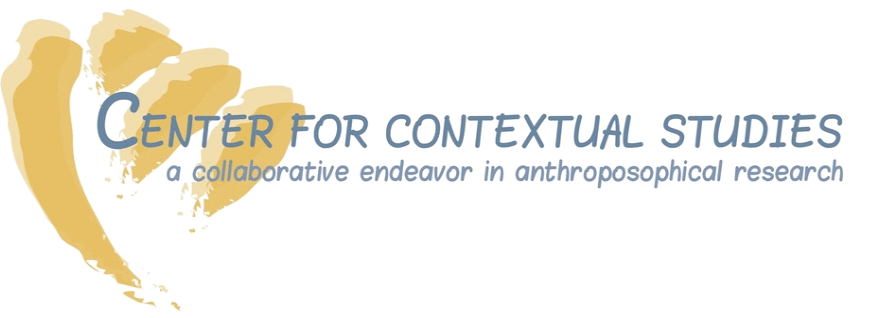By Jon McAlice
In a letter written in 1819 to his friend Chancellor Friedrich von Mueller, Goethe ventured that “you only recognize what you already know and understand.” One of the challenges of returning to the lectures in which Rudolf Steiner first laid out the fundamental gestures of what would become Waldorf education is to try and see them anew. It is easy to overlook nuances that don’t quite fit with the way we have become used to understanding these lectures. When we approach them fresh, without prejudice or pre-conceived notions, we can sometimes make unexpected discoveries. I remember one teacher, a woman who had taught for many years and was an avid reader of Steiner, suddenly declaring that there was a sentence in one of the lectures that had never been there before.
At the end of the first lecture of the lectures published as Study of Man or Foundations of Human Experience, Rudolf Steiner speaks for the first time of the inner work of the teacher and the challenge of finding a spiritual relationship with one’s students. Today, when we are faced with engaging our students through various forms of digital media, this question takes on a new urgency. In 1919, he said: “And we must be conscious of this first of educational tasks: that we must first make something of ourselves, so that a relationship in thought, an inner spiritual relationship, may hold sway between the teacher and the children”.
As bodied beings, we occupy a specific place in space. This is not the case with the spiritual aspects of our being. These are not limited by spatial considerations. By learning to recognize the soul and spiritual dimensions of our own being we become aware of qualities of relationship that are hidden when we allow ourselves to be defined by our own spatiality. How do I cultivate a relationship to the students that is not defined by our shared presence in the classroom?
This is the golden thread that weaves through the first teachers’ course. It is a path of schooling in the art of enacting a soul/spiritual pedagogical relationship.
